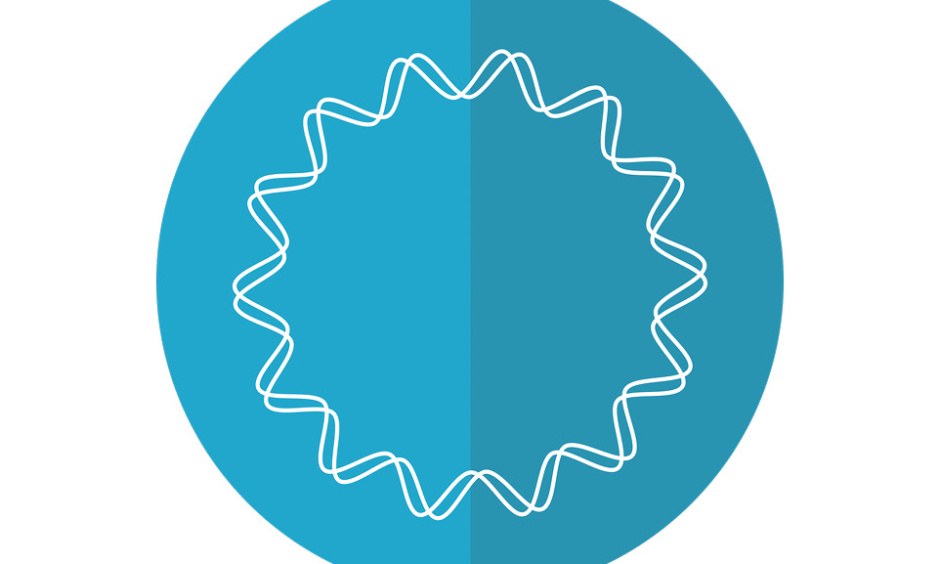AUTOIMMUNE reactions to gene therapy can be overcome using a novel technique, according to researchers from Stanford University, California, USA. In addition to injecting a therapeutic gene to create a functioning protein, the team found that delivering a modified plasmid prevented immune responses to the protein, improving therapeutic outcomes.
Overcoming Autoimmunity
These findings could improve outcomes in gene therapy for a number of conditions. “Gene therapy is on the cusp of becoming a mainstream approach for treating single-gene disorders,” commented Prof Lawrence Steinman, Stanford University. “But there’s a catch: if you give a gene that’s a recipe for a normal protein to someone with a faulty version of the gene, whose body never made the normal protein before, that person’s immune system will mount a reaction, in some cases, a lethal one, to the normal protein, just as it would to any foreign protein. We think we’ve solved that problem.”
The team conducted their study on mice bioengineered to lack the protein dystrophin. This is because the absence of a working version of this particular protein in skeletal and cardiac muscles causes Duchenne muscular dystrophy, making this disease a strong candidate for gene therapy. For Duchenne muscular dystrophy, gene therapy involves viral delivery of a fraction of the gene encoding dystrophin to generate a functional version of the dystrophin protein, called microdystrophin.
To try and overcome autoimmunity in the mice, the team spliced the microdystrophin gene into a particular bacterial plasmid to use as a means of delivery, based on earlier work by scientists from Stanford University; here, a way of replacing the DNA motifs on this plasmid that provoke a strong immune response with another set of DNA sequences that can subdue the immune response was found.
Improved Outcomes
In the study, 15 mice aged 6 weeks were injected virally with microdystrophin. After a week, the mice were divided into three groups: one was given injections of a dummy solution, another the dummy solution and the tolerance-inducing plasmid minus the microdystrophin gene, and the third the plasmid plus the microdystrophin gene for 32 weeks. By the end of the study period, when the mice were the human equivalent of young adults, the group receiving the microdystrophin-loaded plasmid had the best outcomes: their muscular strength was significantly greater and they had a substantially higher number of dystrophin-producing muscle fibres, lower levels of signalling chemicals passing inflammatory messages between immune cells in the blood, and reduced antibody responses to parts of microdystrophin that are usually immunogenic.
Further studies are now needed. “It’s still early days here, this was, after all, a mouse experiment, but it seems we can induce tolerance to a wide assortment of formerly immunogenic proteins by inserting the gene for the protein of interest into the plasmid,” added Prof Steinmann.
James Coker, Reporter
For the source and further information about the study, click here.








